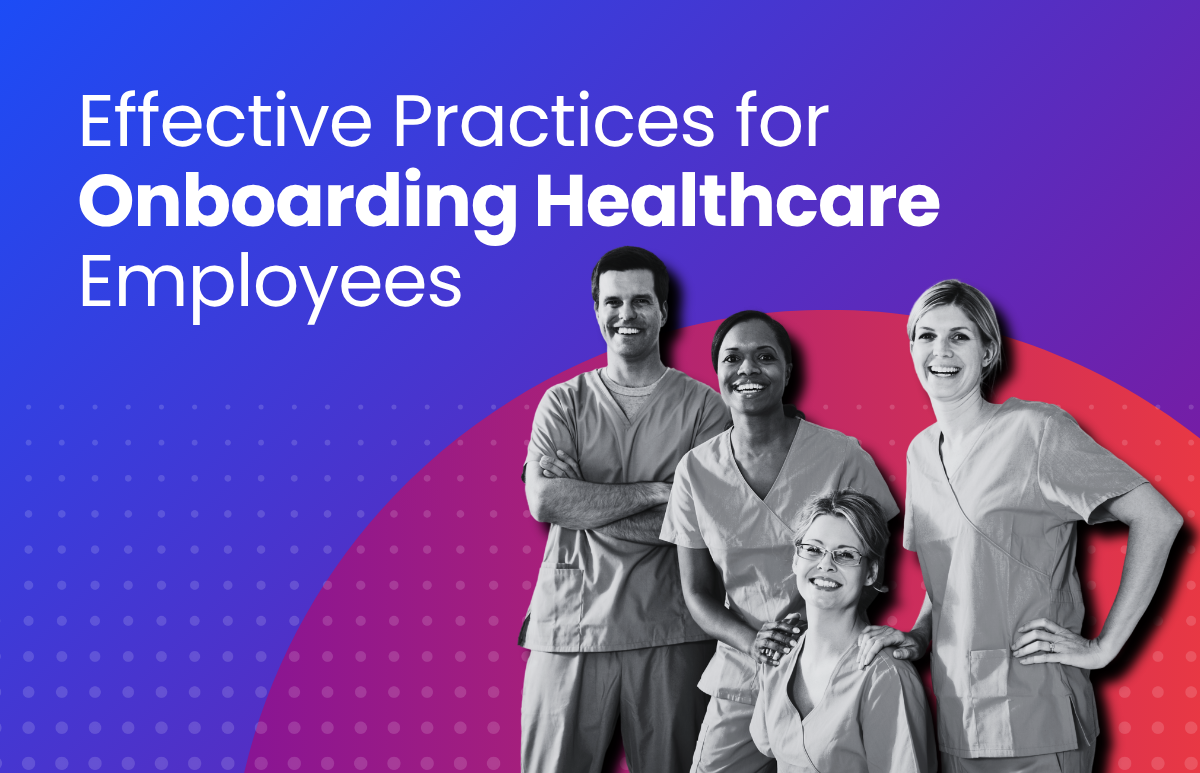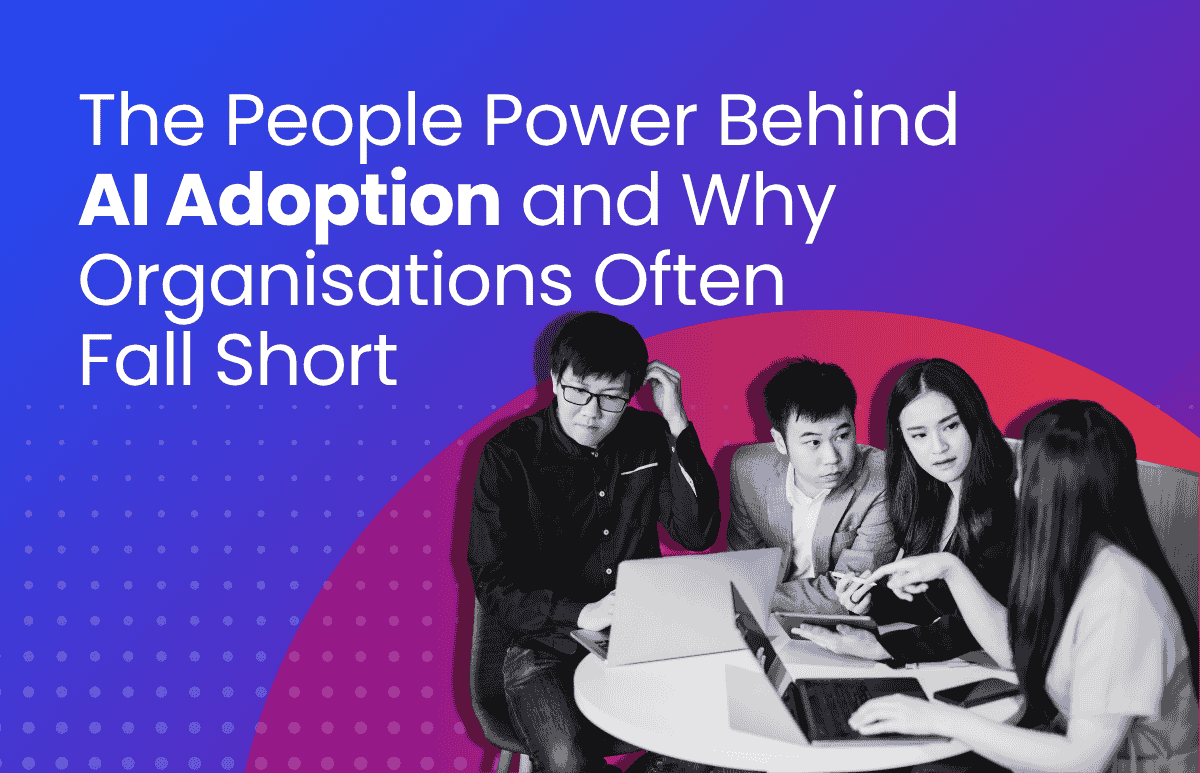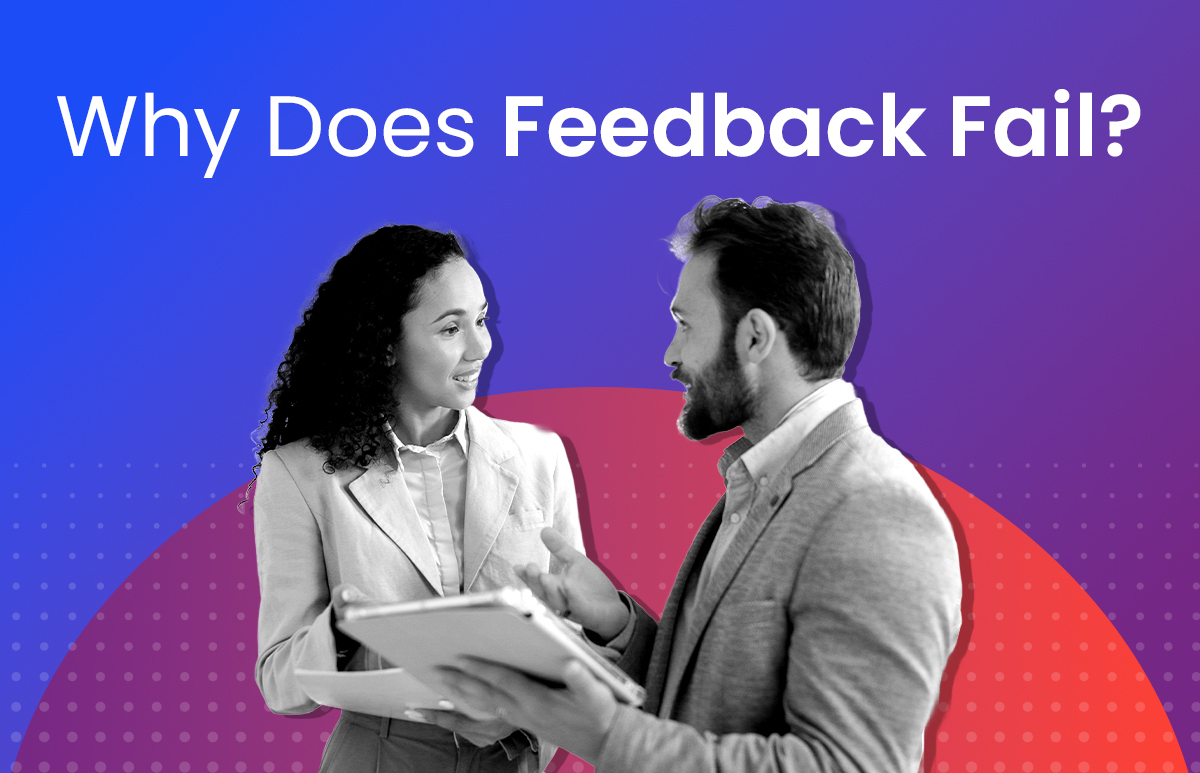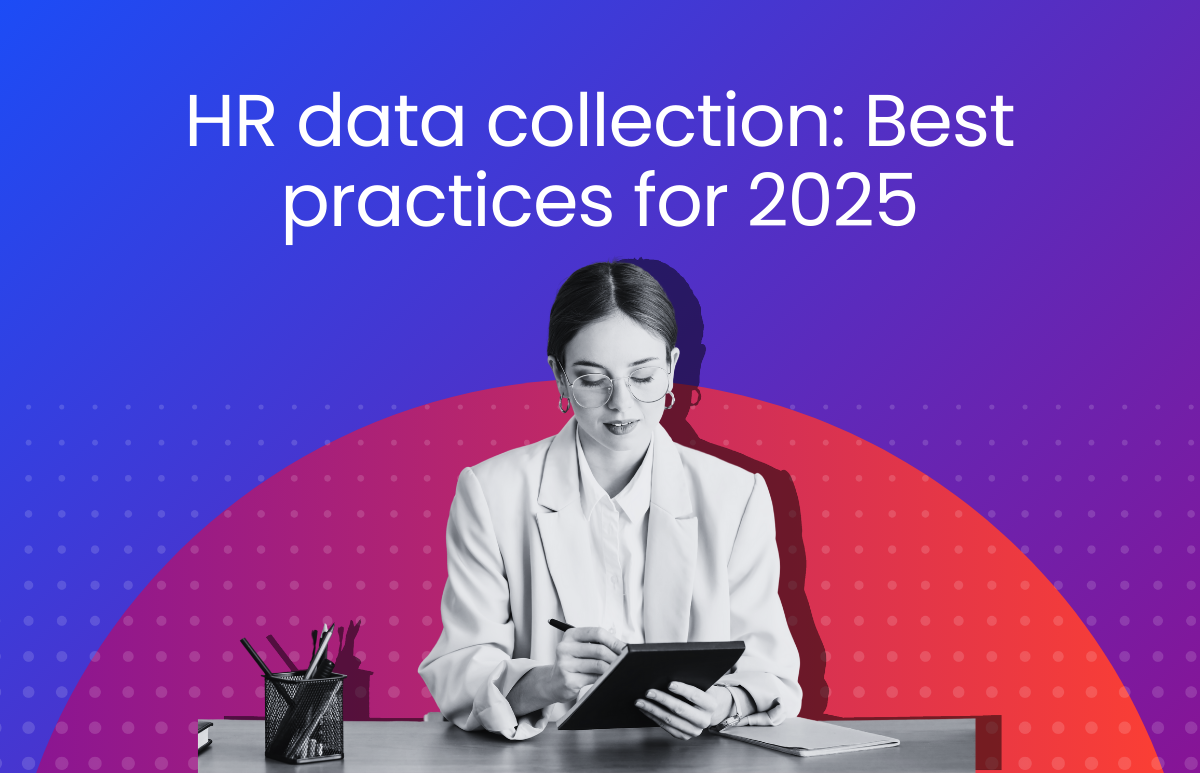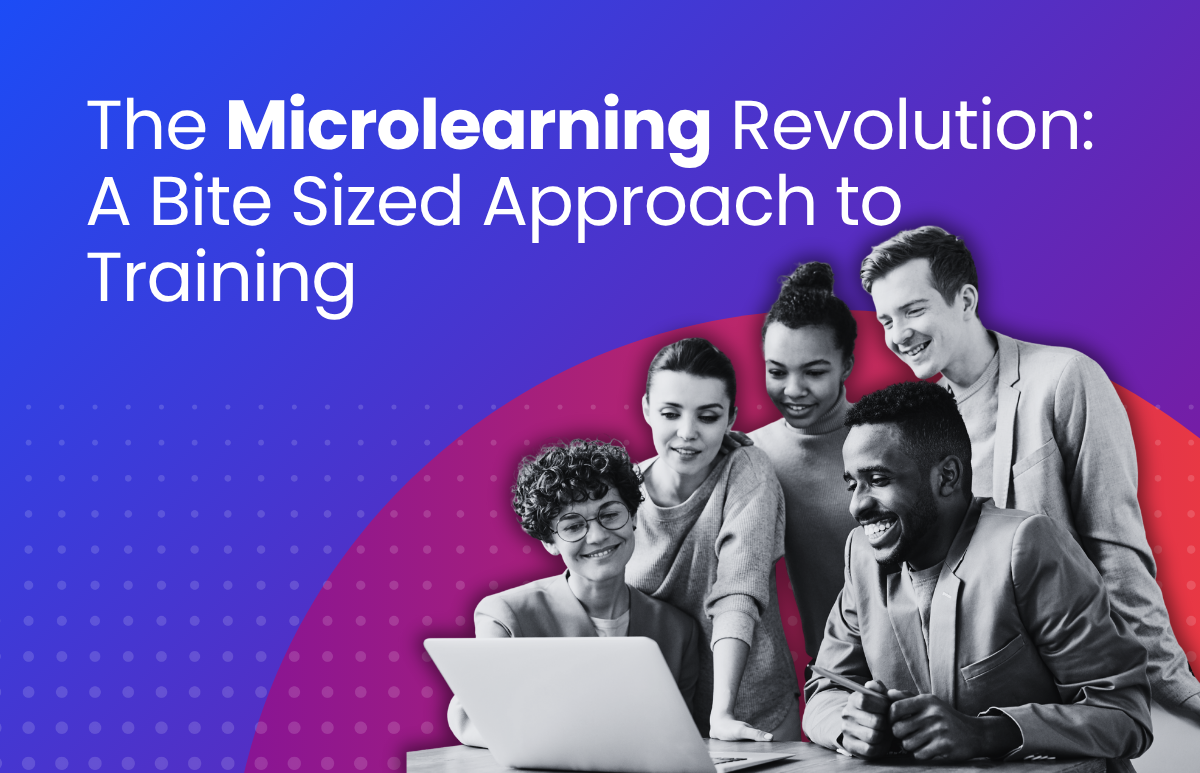What are the Top Skills HR Must Develop in 2022?

In some ways it would be understandable if the dramatic changes seen in the working world over the past two years had resulted in HR professionals neglecting their own professional development while they dealt with a range of other, more urgent issues. Thankfully, that has proven not to be the case.
ELMO’s 2022 HR Industry Benchmark Report, which is based on a survey of over 1500 HR professionals in Australia and New Zealand in 2021, asked respondents what skills they were aiming to develop throughout 2022. See the top three results in the image below.
As the results show, ‘HR reporting and analytics’ was the top skill that HR professionals wish to develop in the coming 12 months, according to 36% of respondents, followed by ‘strategic planning’ (33%). These results mirror the results from ELMO’s 2019 and 2020 surveys.
The consistency around HR reporting and analytics indicates that HR have a keen awareness of the importance of data literacy as organisations edge slowly towards post-pandemic recovery.
PwC sums up why this remains the case in 2022:
“In an effort to stay competitive in the modern and complex business landscape, particularly as a result of COVID-19, organisations should continue to leverage analytics to forecast their workforce requirements and to better optimise revenues and reduce costs. They should also become more reliant on analytics and measure and monitor workforce performance and productivity. By regularly analysing and monitoring employee performance and engagement metrics, HR can determine the strategic talent acquisition, development and management decisions.” [1]
It is also not surprising that ‘strategic planning’ was the second most desired skill to develop in 2022. HR strategic planning typically requires the identification of and response to HR functional and talent risks that may derail the successful execution of strategic priorities. It refers to the way that HR leaders plan for business risks and opportunities by prioritising and allocating resources to HR initiatives. With the talent risks in 2022 set to be intense –with increased talent mobility, fatigued and disengaged employees, and ongoing health and safety concerns – strategic planning has never been more critical.
It’s telling that 6 of the top 10 skills to develop could be counted as strategic rather than transactional. Items like ‘change management’, ‘organisational development’, ‘workforce planning and job analysis’ and ‘agile HR’ all reflect this shift in HR’s mandate. If nothing else, the experiences of COVID-19 demonstrate how valuable HR is to business operations.
Don’t forget essential people skills
It’s also important not to lose sight of essential people skills (often referred to as ‘soft skills’) such as ‘conflict management’, ‘negotiation skills’ and ‘problem solving’. Although these three items all appear in the lower half of the list of skills HR professionals are aiming to develop, they should not be neglected. It’s worthwhile cross-referencing a survey and pulse report done by the Australian Human Resources Institute (AHRI) in late 2020.[2] Respondents suggested there was a myriad of crucial skills required for post-pandemic recovery –a mix of strategic and essential people skills. The skills fell into five categories that correlated with HR’s focus moving forward:
- Change management, flexibility, adaptability and agility
- Managing wellbeing, resilience and psychological safety
- Strategic workforce planning
- Communication
- Compliance, industrial relations and employee relations
What do we mean by data and analytics – and why is it so important?
Returning to the top area to upskill in – HR reporting and analytics – it’s clear that more organisations are using data to inform operations, undertake product research and shape customer experience. However, the adoption of data-driven, analytics-informed decisions has been quite slow in HR.
People analytics is the term used to describe the analysis of people problems and using data to answer critical questions about your organisation. It enables organisations to assess change (risks, adoption, progress) and make better and data-driven decisions. Common data sources for HR analytics include demographic employee data, payroll data, engagement data, labour market data, etc.
See an example below an example of how data and analytics can turn opinions into insight.
- As the graphic shows, HR’s traditional approach is to start with an opinion: “I feel like a lot of people are ill this month!” This opinion, however, is a gut feeling, it’s not a fact. The person could be mistaken.
- Data helps to factualise the opinion. When we look at the data, we see that absence levels are at 14% this month. With this data we still can’t make a value judgement. We don’t know if 14% is high or low.
- To understand this, we need a norm (in other words, we need to compare with a second data point). For example, when we know that the company average is 8.5%, and the national average is 4%, we know that this month is just a bad month and that there’s a potential problem in the company. This is where the metrics come in.
- Analytics helps identify causes and how it impacts the business. For example, the number of people who report flu-like symptoms has significantly increased, or the number of flu symptoms reported in the company increased at similar rates across the country. This information helps to identify a cause.
- The final step is insight. What will we do with these numbers? First, the absence rate is far above the market average. It is so high that it threatens the competitive position of the company. Second, we should try to reduce all the absence of employees in a flexible manner in case a new flu epidemic sweeps the land. This can be done by finding the cause or by fighting the symptoms: sponsoring flu vaccinations or enabling flexible deployment of on-call workers
What kind of data is HR using currently?
ELMO’s 2022 HR Industry Benchmark Report revealed the most common metrics organisations are using to measure the overall performance of the HR department. The most common metrics used are:
- Employee engagement
- Employee turnover
- Employee absenteeism
See the top three results in the image below.
Challenges relating to the use of HR metrics and analytics
Of course, utilising HR metrics within an organisation comes with some challenges.
ELMO’s 2022 HR Industry Benchmark Report revealed the most common challenge is ‘Identifying quantifiable links between HR and business goals’, followed closely by ‘Lack of technology infrastructure’ and ‘Lack of resources’.
In addition, the report showed that – in general – the overall skill level relating to use of HR metrics and analytics remains low. Just 11% of respondents classified their skill level as ‘optimised’, and 36% classified it as ‘basic’. However, both these results are improvements over the results seen in the 2021 report, where just 5% were ‘optimised’ and 42% were ‘basic’. It is certainly encouraging to see that more HR professionals have become data literate since the start of the pandemic – but there is still work to be done.
ELMO Software is a cloud-based solution that helps thousands of organisations across Australia, New Zealand and the United Kingdom to effectively manage their people, process and pay. ELMO solutions span the entire employee lifecycle from ‘hire to retire’. They can be used together or stand-alone, and are configurable according to an organisation’s unique processes and workflows. Automate and streamline your operations to reduce costs, increase efficiency and bolster productivity. For further information, contact us.
[1] “How the new normal is shaping the future of HR”, PwC,
[2] Pulse Survey by the Australian Human Resources Institute, November 2020
 HR Core
HR Core 


